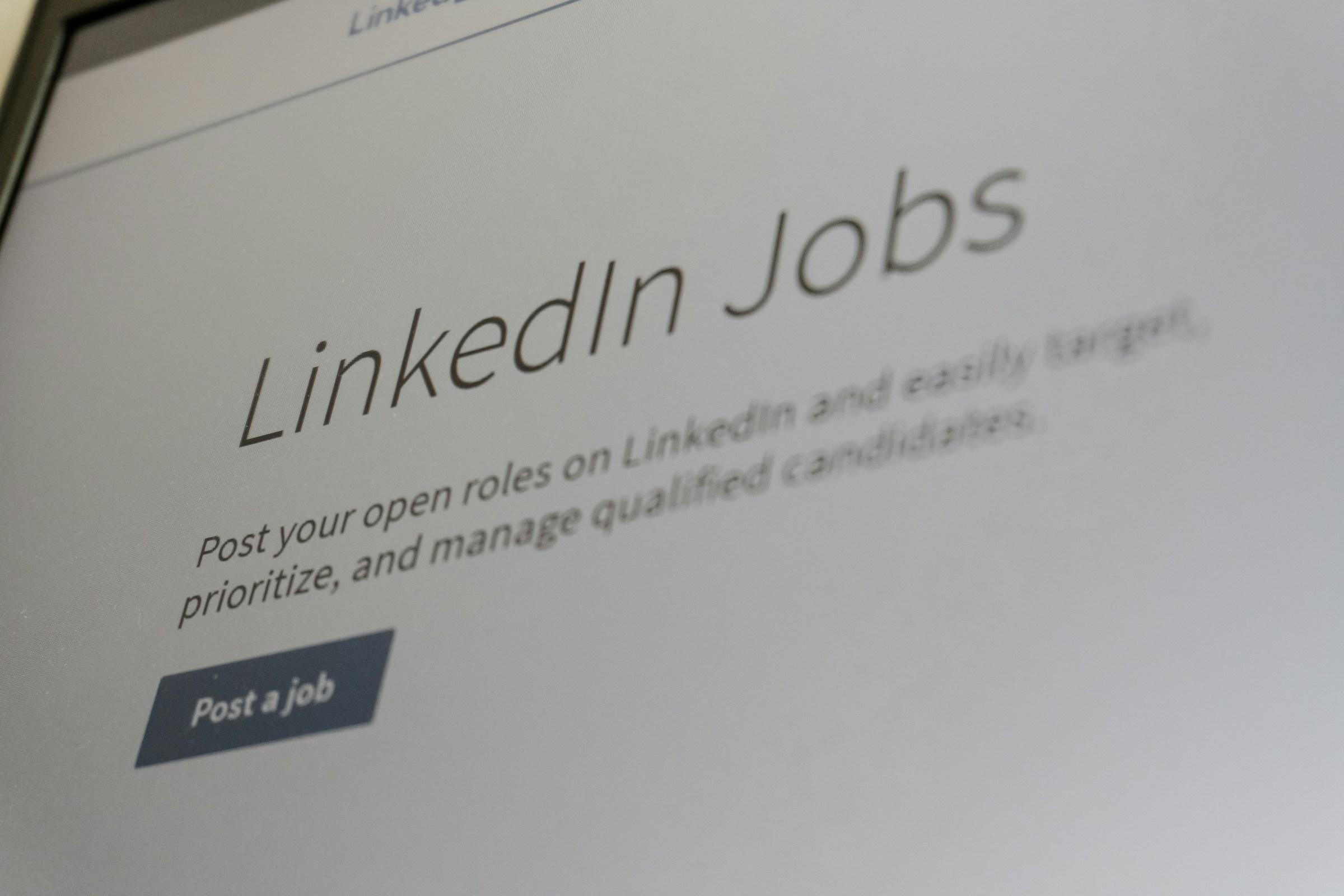Misleading job postings look harmless at first glance, just another piece of marketing fluff in a crowded market. Yet for people who are trying to build a life, they function like faulty maps. The ad promises hybrid work, ownership, a path to growth, and a clear salary band. The process reveals a moving target. The requisition is unapproved, the band is only a placeholder, the scope expands to cover three roles at once, and timelines slide without explanation. What appears to be a simple listing is in reality a hedge against uncertainty within the company. Optionality and optics are preserved for the employer, while the bill for time, energy, and morale is handed to the candidate.
The conditions that allow this are not mysterious. Hiring is a multi-sided system that rewards volume and visibility more than accuracy. Job boards sell reach to employers and data to advertisers. Applicant tracking systems optimize for throughput and screening speed. Employer brands want to signal momentum to investors, customers, and future hires. None of these incentives depend on a listing being live in the strict sense, approved in budget, or ready to close on a predictable timeline. If distribution is sold by impressions instead of hires, more postings look like progress. If brand metrics reward the appearance of growth, posting often becomes rational even when headcount is flat. If recruiting software needs data to train filters and scorecards, turning on the tap is convenient. In each case the externality falls on job seekers, who pay in hours, travel, unpaid assignments, and the quiet erosion of confidence.
The first cost is cognitive. People plan their learning around the signals they can see, and job descriptions are the loudest signals in the market. When descriptions inflate requirements, mash together incompatible scopes, or present stacks that the team does not actually use, candidates steer their efforts into the wrong hills. A product manager who should deepen discovery skills loses a month to a data science certificate that will never enter the workflow. A designer buys software that the company has not installed. A junior engineer tries to become a hybrid of security, growth, and infrastructure because the listing made that combination sound normal. This is more than wasted money. It is a gradual drift between the skills people invest in and the skills teams really reward, which then shows up in portfolios and conversations, and sets off another cycle of misalignment.
The second cost is financial, amplified by the psychology of anchoring. When salary ranges are hidden, optimistic, or tied to outlier examples, candidates recalibrate without realizing it. After a few cycles of deflationary offers, people who do not have insider information quietly lower their expectations to reduce stress. Teams, meanwhile, can begin negotiations by pointing to a generous public number and then walking it down in later stages, which allows pay compression to spread through a cohort that lacks leverage. Laws that require pay transparency help only when the posted band is real and respected in the room. If not, transparency turns into theater. A related distortion arrives via titles. Misleading seniority labels let a company pitch staff-level scope while paying at a mid-level band. If candidates accept, the inflated label propagates across résumés and LinkedIn. Recruiters benchmark the label against mid-tier pay. The title runs faster than the compensation, and the difference takes years to close.
The third cost is temporal and emotional. Applications are work in every sense. People tailor résumés, compile portfolios, sit for multi-round interviews, complete take-home tasks that stretch late into the night, and wait for responses that may never arrive. When the role was not truly open, or the budget disappeared halfway through, all of that labor converts to nothing. The effect is not neutral. Decision fatigue rises. Confidence wobbles. The next conversation suffers because the candidate is now reviewing previous unanswered steps in their head. Some of the strongest people exit the search early and accept misfit roles just to end the churn. Attrition is not happening at the company’s expense. It is happening in the lives of the people the company hopes to hire next quarter.
Silence intensifies the harm. Many systems still default to no response rather than a fast rejection. That is a design choice that keeps dashboards tidy and staff hours low. It leaves candidates in limbo, unsure whether to wait another week, abandon the process, or keep preparing for a final round that may never be scheduled. Planning becomes guesswork. Rent and school fees do not operate on guesswork. Trust in the market drops, and with it the willingness to take a risk on a new sector, a new city, or a young company.
Equity suffers in ways that are less visible but just as persistent. Vague requirements invite subjective screening. Words like culture add or entrepreneurial DNA sound inspiring and inclusive. Inside a process that is not anchored to a live requisition, they become flexible gates that favor people who look familiar to the team. The location trap appears as well. An ad promises remote or hybrid, then reveals a quiet in-office expectation late in the process. The people who pay for that reveal are caregivers, candidates outside major hubs, and anyone with mobility constraints. A platform can celebrate reach, but a last-minute location shift does not feel like reach when it forces someone to choose between a job and their support network.
The mechanics that keep the cycle going are prosaic. Inventory pressure encourages job boards and software vendors to welcome volume. Guardrails that block questionable postings slow the sales motion, so enforcement stays light. Measurement debt inside recruiting teams rewards activity over outcomes. A thousand sourced résumés can look like success, even if none of those résumés become long-term performers. Brand optics push companies to say we are always hiring, because steady posting signals energy to investors and customers, even if the team is headcount neutral. Programmatic distribution takes a single spec and syndicates it across dozens of sites, which makes retraction or correction tedious. Tedious tasks are the ones that slip.
Even interviews are distorted when the role is not truly defined. Take-home challenges and presentation rounds can be fair tools in a careful process. In a fuzzy process they become unpaid consulting that informs no decision. Candidates build roadmaps for problems no one owns. They write code for services that will not ship. Interviewers learn what a person can do in a vacuum with unrealistic time limits, which is not the work the team needs, and candidates learn that free labor is required to signal seriousness. Both sides leave with noisy signals and a slightly lower opinion of the other.
There is, however, a better way to design the experience, and it does not require perfect systems. It requires different defaults. Boards could offer higher placement to verified requisitions, require timely updates when budgets change, and communicate state changes to candidates with clear timestamps. Applicant tracking platforms could report conversion from listing to start date rather than only funnel volume, and make status subscriptions the standard so that people are not left waiting for weeks. Companies could separate talent community posts from active roles with unmistakable naming and close loops on every applicant with a one-click decline that includes a real reason. Salary bands should be posted where required, honored in negotiation, and audited after each cycle. If the band changes, the listing should change along with it so that expectations remain aligned. Remote or hybrid claims should be specific about days, location bands, and review cadence, because ambiguity is not flexibility, it is friction disguised as kindness.
The biggest shift sits inside recruiting metrics. Teams should begin to measure candidate time inside their process as carefully as they measure recruiter time. They should track how many weeks pass without an update, how many hours of assignments are requested per successful hire, and how often scope changes midstream. If a dashboard penalizes a recruiter for closing a role quickly with a clear message to applicants, the dashboard is misaligned with a healthy market. Clarity should count as progress.
Job seekers cannot rewrite platform code, but they can reduce exposure to the worst incentives. Treat listings as hypotheses until hard signals appear. Ask early whether the requisition is approved and who owns the decision. Request the actual pay band before accepting unpaid work. If scope shifts between stages, ask for the new definition in writing before investing more time. Keep a personal metric that tracks hours invested per offer by source, then shift energy away from repeat offenders. Network proofs are stronger than listing proofs. Find someone who joined recently in the same function and ask what changed between their posting and reality. If no one can be found, that absence is a signal. If someone is found and cannot describe ownership clearly, that confusion is also a signal. Guard your learning plan from the turbulence of job descriptions by anchoring it to shipped work and current tooling inside teams you admire. Two well executed projects that reflect real stacks will outperform five certificates that match an inflated wish list.
When viewed through an operator lens, misleading job postings are not simple accidents. They are artifacts of incentives that prize volume, optics, and optionality. The cost shows up in the lives of people who want to contribute. Skills drift away from demand, wages compress for those without leverage, months of energy evaporate without closure, and careers lose compounding through long idle periods and misfit roles. The remedy is not a softer tone in listings. It is a reallocation of who pays for uncertainty and how distribution is priced. Companies that treat candidates as users rather than inventory will earn an edge that persists. Teams that close loops quickly will attract adults who value clarity. Platforms that reward verified openings over activity will keep trust on both sides. Markets remember who wasted their time, and they remember who respected it.














